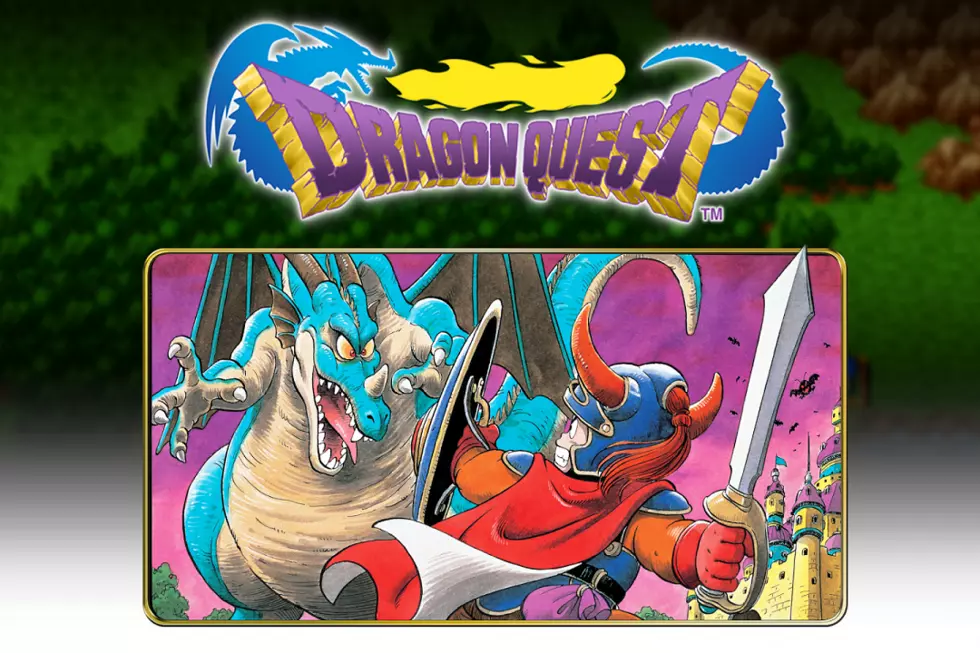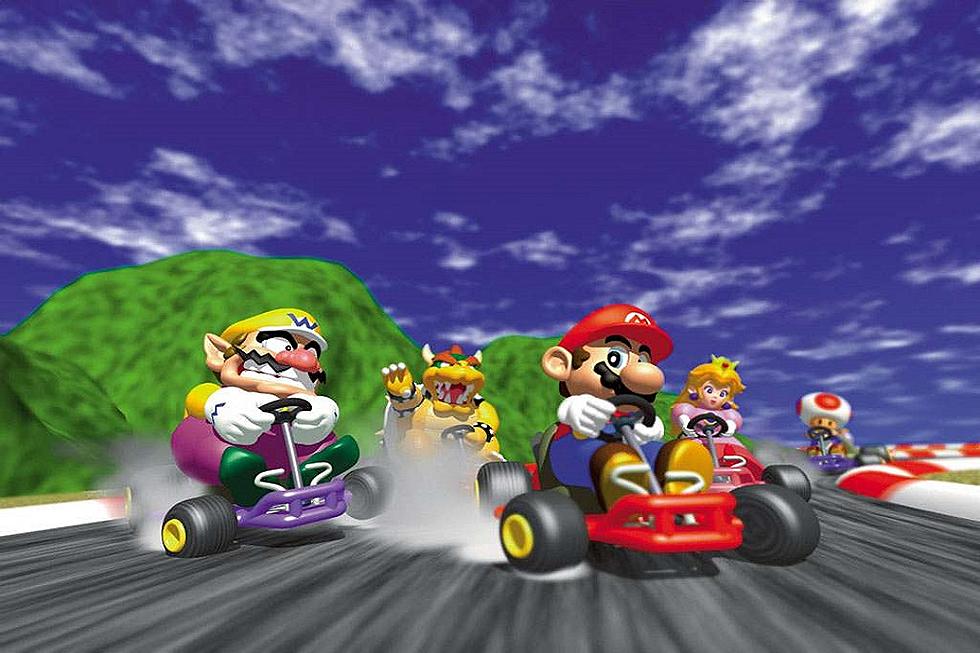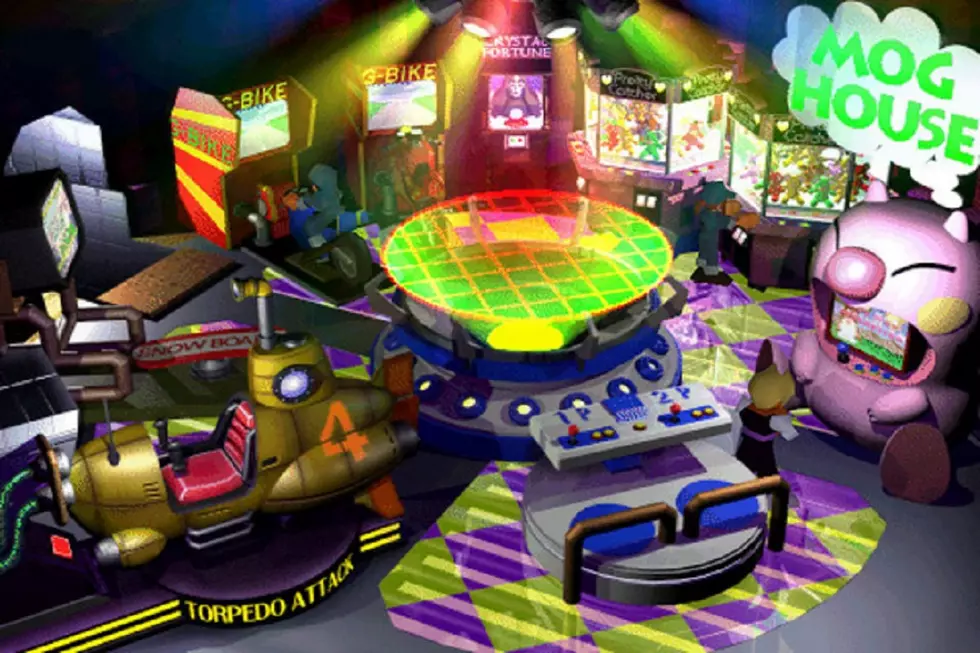
Laying the Foundation of the JRPG: A Celebration of Dragon Quest
It’s hard to be the trendsetter sometimes. When you do something great that no one has ever done before, there will be copycats and tinkerers who take to it and aim to make it better. In many ways, that appropriately sums up what happened with the original Dragon Quest, better known as Dragon Warrior in the United States. Where games like Final Fantasy would eventually popularize the genre in the West, it was Dragon Quest that would lay the basic structure and foundation that decades of games, including Final Fantasy, would follow thereafter. Today we celebrate the release of the game that not only established the renowned Dragon Quest series, but also the JRPG as a beloved genre.
The story of Dragon Quest’s development began in 1985. During this time, RPGs were mostly PC-based and primarily enjoyed in the West. Japan had little to no interest or presence in the genre at the time. Game designers Koichi Nakamura and Yuji Horii wanted to not only bring the genre to Japan, but offer it to players in an accessible and enjoyable way. Yuji Horii spoke of the difficulty with adapting the genre in the November 2007 issue of Nintendo Power Magazine. “At the time I first made Dragon Quest, computer and video game RPGs were still very much in the realm of hardcore fans and not very accessible to other players,” Horii recalled. “So I decided to create a system that was easy to understand and emotionally involving, and then placed my story within that framework.”
In fact, Dragon Quest’s design is heavily inspired by two different kinds of American RPGs. Nakamura and Horii were enthralled by the first-person dungeon crawling of Sir-Tech’s Wizardry and the overhead perspective of Origin Systems’ Ultima. Horii would use inspiration from both RPGs to formulate a new sort of adventure that put the player in the shoes of the hero while also giving personality to them and the world around them. As the game was to be created for consoles, Horii also focused on simplifying the system for an audience that would rather use a controller than a keyboard. In this way, Horii designed a game that didn’t require prior knowledge of fantasy-fiction RPGs and the systems that came before it.
In order to make the game appeal to even wider audiences, Enix sought out Dragon Ball artist and creator Akira Toriyama. Toriyama would repeatedly lend his talents to the series and in turn, it would evolve and become synonymous with his iconic art style. Furthermore, Enix brought aboard famous television composer Koichi Sugiyama. Sugiyama would state in a 2010 interview with 1UP.com that the original title screen music for Dragon Quest took him the span of five minutes to come up with. He attributed his catchy jingles and timeless tunes written for Dragon Quest to his experience in television commercials where the composer only has seconds to give listeners something that will get stuck in their head.
The original Dragon Quest’s story was also somewhat revolutionary at the time. In a genre overrun with saving the damsel in distress, Dragon Quest followed this concept, but for only half of the game. Players save the princess and then journey off to slay the evil Dragonlord. Along the way, players fight, grind, and collect information from local townsfolk, wizards, and lords to help guide the quest. In many ways, Dragon Quest is a coming of age tale where the player’s character grows from a relative weakling into the hero they want to be. This new and immersive style allowed players to project themselves into that role and grow along with the protagonist.
As much as Dragon Quest revolutionized and inspired the JRPG genre, it had hard times at its initial release. It found slow sales at first before finding popularity in Japan and America mostly ignored the title, due to being much slower and repetitive than The Legend of Zelda that came before it and graphically inferior to Final Fantasy which came soon after. That said, years later and even now, its influence has been recognized and applauded the world around. It has become one of the more sought after NES titles alongside its two following sequels and represents a core piece of video gaming history as the grandfather of all JRPGs. Its time may have passed, but its effect is far reaching and timeless.
More From Arcade Sushi









